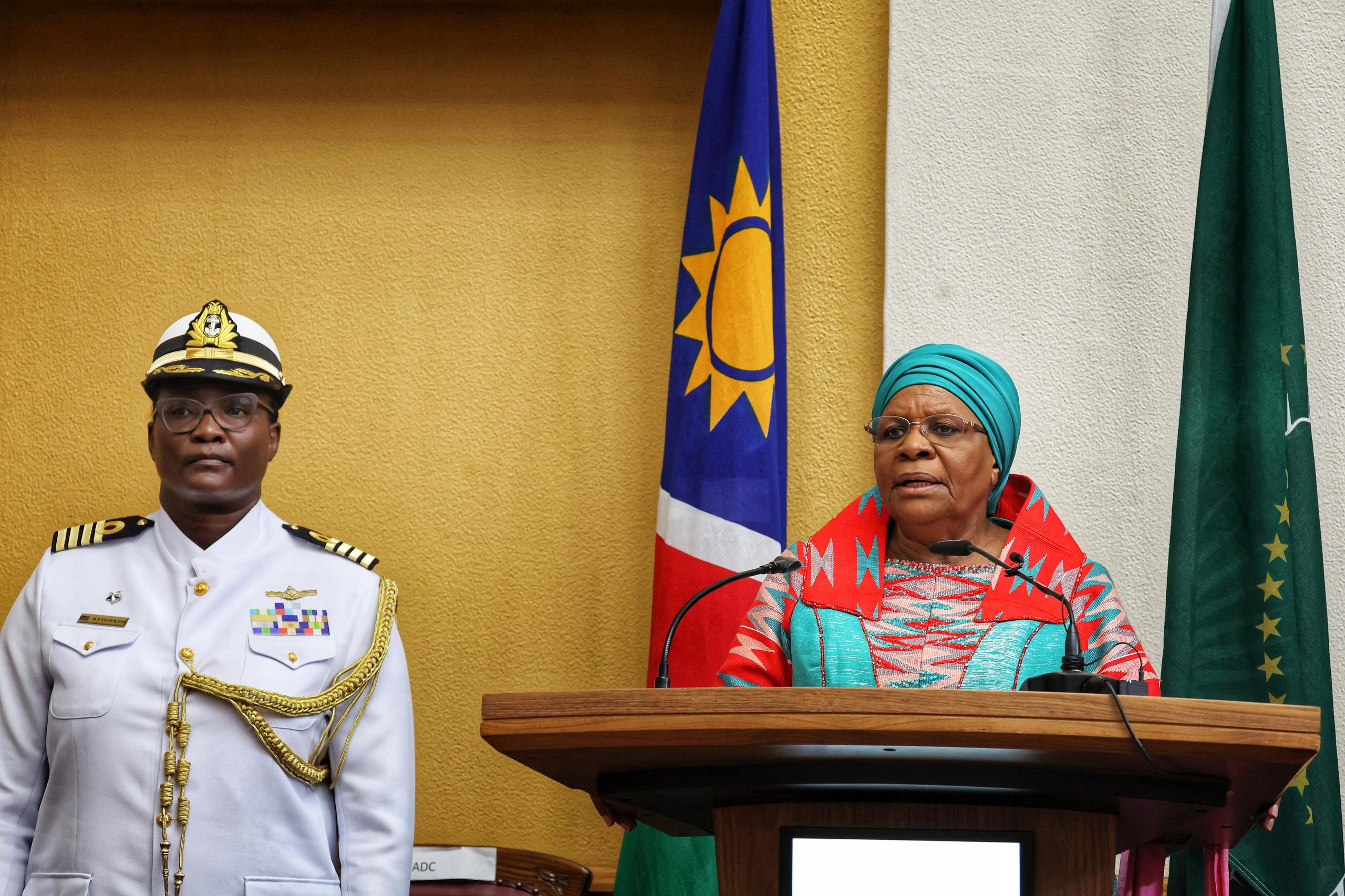As Namibia positions itself as a potential leading oil producer in southern Africa, concerns are emerging over the impact of the oil and gas sector on other crucial areas of the economy.
Major companies such as Total Energies, Shell and Galp have made considerable investments in exploration and production activities in Namibia, and the government is optimistic that these developments will stimulate economic growth.
However, this enthusiasm raises the spectre of ‘Dutch disease’, an economic phenomenon in which a thriving natural resource sector, such as oil and gas, overshadows other vital industries, including agriculture and tourism.
For instance, between 2021 and 2023, Namibia attracted N$73 billion in foreign direct investment, with approximately 45% of this amount concentrated in the oil and gas sector.
While this influx may enhance the economy in the short term, it creates the risk of neglecting traditional sectors that are essential for sustainable development.
Reliance on oil and gas can result in reduced investment in agriculture, which supports approximately 70% of Namibia’s population and contributes about 5.1% to the GDP.
Tourism, a rapidly growing sector that employs more than 100 000 individuals and contributed 3.5% to GDP in 2018, may also be adversely affected.
This imbalance poses significant threats to long-term economic resilience.
TRACTION AND TRAUMA
It is important to note that some weeks back, the minister of agriculture, water and land reform, Calle Schlettwein, issued a policy statement addressing the interconnections between ‘energy, the environment and the economics of extraction’.
Minister Schlettwein cautioned against the prevalent optimism surrounding oil and gas extraction in Namibia.
He pointed out that economic and financial considerations appear to take precedence in Namibia, with a strong focus on oil and gas.
At the same time, environmental concerns are perceived as considerably less significant. \
Schlettwein emphasised the industrial development of green hydrogen occurring within one of Namibia’s proclaimed national parks being funded by the Environmental Investment Fund.
Although the mining and energy sectors are gaining traction on the development agenda, their historical performance does not support such optimism.
The minister contended that while mining has generated substantial wealth, it has not benefited local communities but rather multinational corporations based elsewhere.
Furthermore, he noted that the energy sector is unable to meet all Namibia’s power needs, providing only approximately 60% of the required power and sourcing 0% of oil and gas-based energy domestically.
THE ‘AFRICA RISING’ NARRATIVE
The current optimism surrounding the oil and gas sector in Namibia evokes the ‘Africa Rising’ narrative, a term coined by The Economist in 2011 during a period of soaring commodity prices.
‘Africa Rising’ signified a substantial shift in perceptions of the continent.
The discovery of vast natural gas reserves in Mozambique led to significant investments, fostering a wave of optimism regarding economic growth and making Mozambique a notable case study for this narrative.
A pivotal moment for this hopeful outlook occurred in 2014 when the International Monetary Fund (IMF) and the government of Mozambique convened a high-level conference under the theme ‘Africa Rising: Road to Mozambique’.
In her keynote address, ‘Africa Rising: Building to the Future’, former IMF managing director Christine Lagarde remarked on how Mozambique exemplified the positive spirit of Africa, highlighting its impressive growth record of averaging 7.4% a year over the previous two decades in the sub-Saharan African region.
In 2016, the IMF presented a series of striking projections related to Mozambique’s substantial gas reserves, first discovered in 2011.
Production was anticipated to start in 2021, with volumes expected to increase to 89 million tonnes a year (MTPA) by 2028, positioning Mozambique as the third-largest liquefied natural gas (LNG) exporter globally, trailing only Qatar and Australia.
The projected economic benefits from gas production were described as “tremendous”, with total fiscal revenue potentially reaching half a trillion dollars over the lifespan of the LNG projects.
GDP growth was forecast to soar by 34% in 2021 alone.
HOPES DASHED
For Mozambique, one of the world’s poorest countries with an annual GDP of merely US$14 billion, this revenue could be transformative.
Beyond government income, gas production was also expected to stimulate broader economic development, supporting the industrialisation of Mozambique through initiatives such as fertiliser manufacturing and a gas-to-liquids plant.
There was optimism that the gas resources would contribute to addressing energy access issues, given that 70% of households in Mozambique lack electricity.
Local content requirements for the gas projects were predicted to benefit local businesses and create jobs, while revenue from these projects could be reinvested to diversify into other promising sectors, such as agriculture and tourism.
However, following a decline in commodity prices, the growth rate of African economies fell from an average of 4.5% in 2014 to 3% in 2015.
Mozambique’s economy contracted, and there are few signs that the earlier euphoria and optimism surrounding natural gas will return, particularly in light of the ongoing conflict and violence in northern Mozambique.
THE QUAGMIRE OF CORRUPTION
Zimbabwe was similarly caught in a cycle of misplaced enthusiasm regarding mineral and metal commodities.
The Marange diamonds were heralded as the second-largest diamond discovery in the world.
The government of Zimbabwe, through the then minister of mines and mining development, Obert Mpofu, estimated that Marange represented 25% of the world’s rough diamond production and could generate as much as US$2 billion annually for the national treasury.
Sixteen years later, however, there is little to show for the Marange diamonds.
The public continues to have to contend with the losses incurred because of the corruption related to these diamonds, with former president Robert Mugabe claiming that US$15 billion worth of diamonds were stolen.
Similarly, while Namibia’s newfound oil potential is promising, it is vital to avoid the pitfalls experienced by Mozambique.
The excitement surrounding oil and gas should not eclipse the necessity for a balanced and sustainable approach to development.
Instead, Namibia must focus on investing in its traditional sectors – agriculture and tourism – which are crucial for building a resilient and inclusive economy.
- • Farai Mutondoro is a political economist specialising in natural resource governance, energy transition and anti-corruption. His expertise includes environmental and social governance (ESG). He is currently the coordinator of the Africa Institute of Environmental Law, a regional think tank dedicated to promoting sustainable natural resource governance across Africa.
Stay informed with The Namibian – your source for credible journalism. Get in-depth reporting and opinions for
only N$85 a month. Invest in journalism, invest in democracy –
Subscribe Now!










